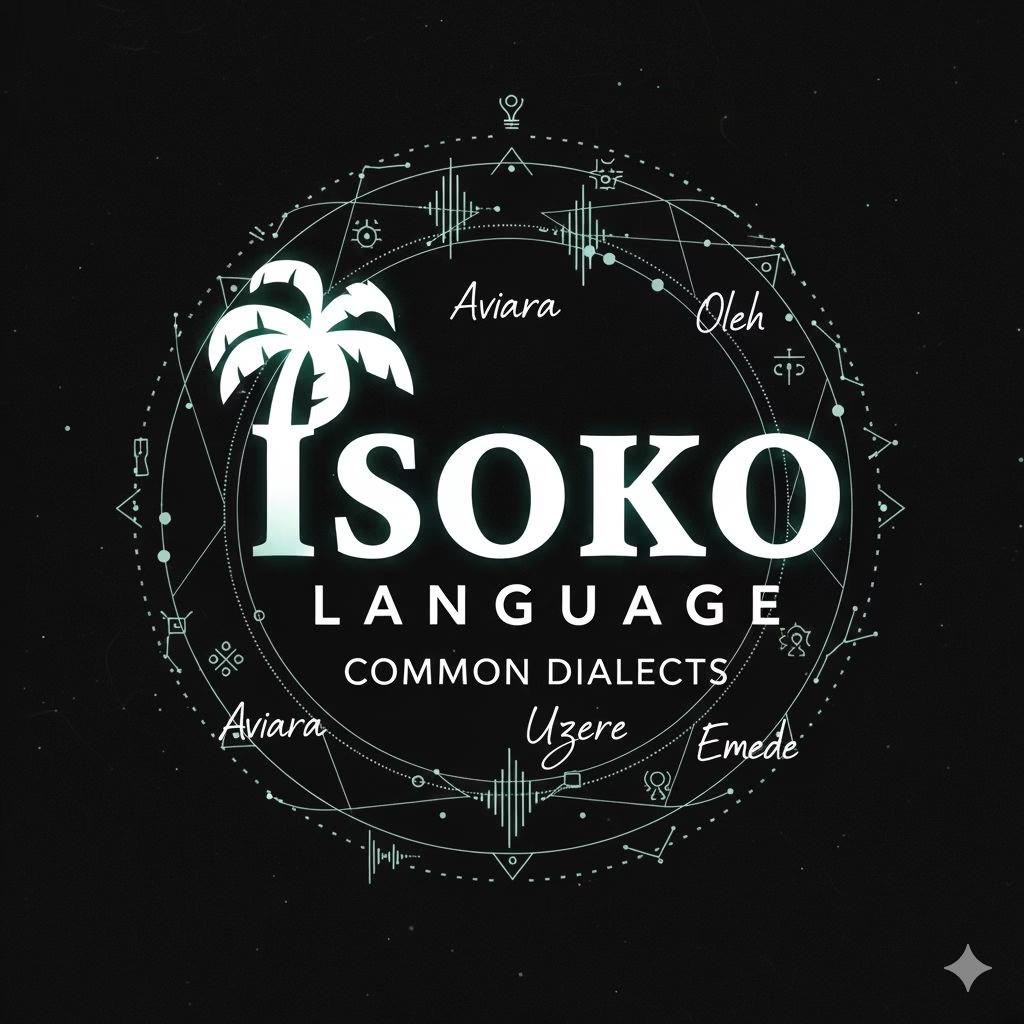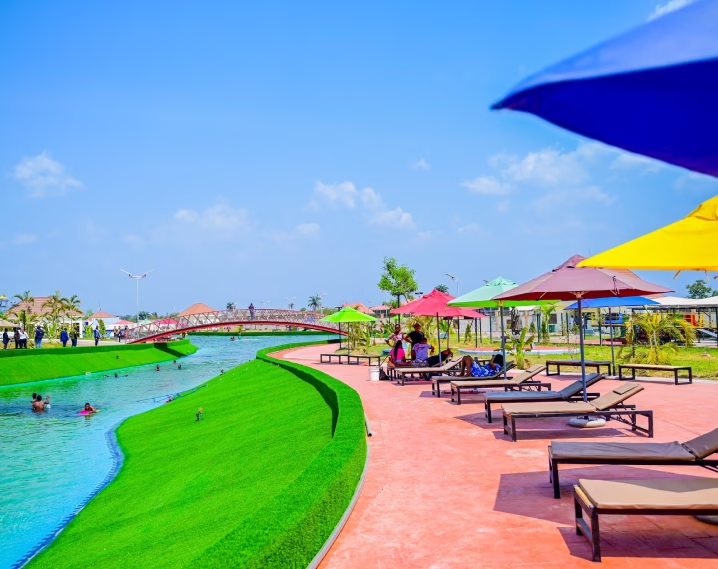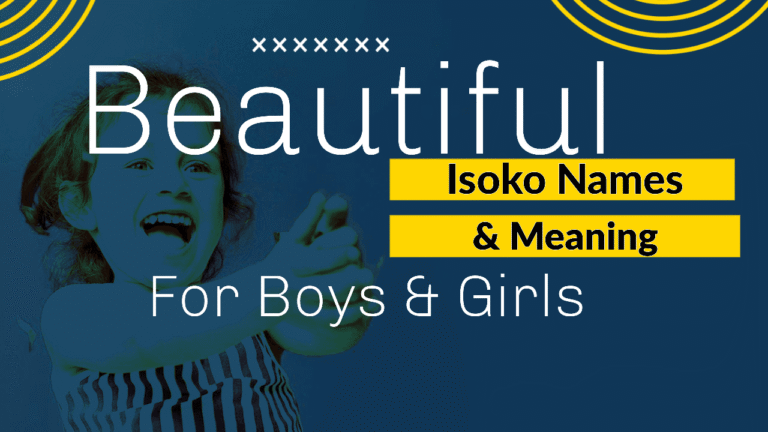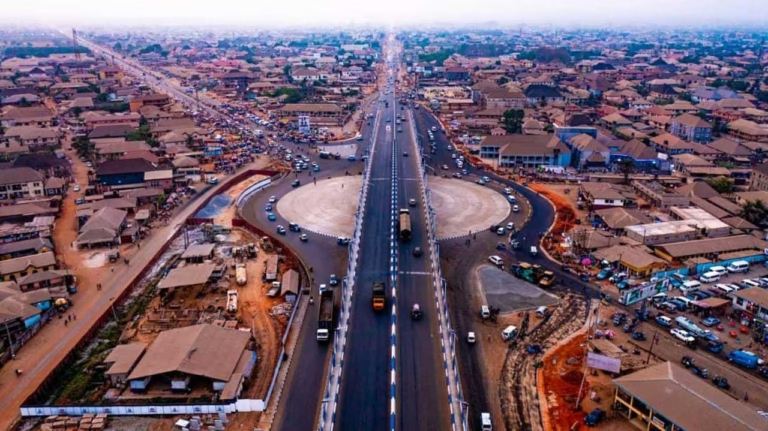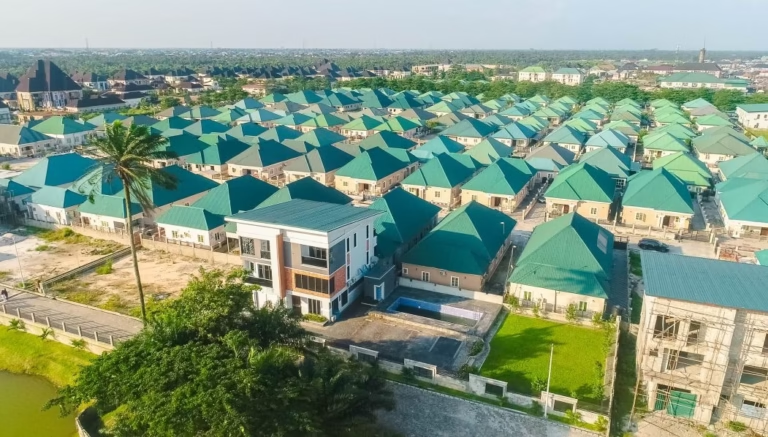Isoko language is not just one uniform way of speaking. Like many languages, it has several dialects that reflect the diversity of communities within Isoko land. These dialects carry unique pronunciations, words, and expressions, giving each area its own flavor while still being part of the Isoko identity.
Understanding these dialects helps people appreciate the richness of the language and shows how communities have preserved their traditions in everyday speech.
The Major Dialects of Isoko
While there are many small variations, some of the most recognized dialects include Aviara, Uzere, Oleh, and Emede. Each of these has its own style of pronunciation and sometimes even unique vocabulary.
The Aviara dialect is spoken around the Aviara community and nearby towns. It is considered the standard for many formal settings, and it is often used in teaching Isoko language in schools.
The Uzere dialect comes from the Uzere area and its surroundings. Some words sound slightly different, and intonation patterns may change how sentences are expressed. People from other parts of Isoko can usually understand Uzere speakers, but they notice the unique rhythm and accent.
The Oleh dialect is common in Oleh town and neighboring villages. Its speakers sometimes shorten words or change vowel sounds compared to Aviara, giving it a softer tone.
The Emede dialect is spoken in Emede and nearby communities. It has some distinctive phrases and local expressions that are specific to that region.
How the Dialects Differ
The differences among dialects are mostly in pronunciation and vocabulary. For example, a word in Aviara may be spoken slightly differently in Uzere or Oleh. Some dialects may use unique words for everyday items, greetings, or even traditional concepts.
Intonation is another factor. One dialect may have a rising tone at the end of a sentence, while another may remain flat or slightly fall. These variations make the language more vibrant and show the cultural identity of each community.
Despite the differences, all Isoko dialects are mutually intelligible. This means speakers from different towns can communicate effectively, although they may notice the subtle distinctions.
Why Dialects Matter
Dialects are important because they preserve history, tradition, and local identity. They reflect how communities evolved, who they interacted with, and how they developed their unique way of life. Losing a dialect would mean losing part of the community’s story.
For young people, learning their local dialect helps maintain a connection with elders and strengthens cultural pride. It also keeps traditional songs, stories, and ceremonies understandable and alive.
Preserving the Dialects
To keep Isoko dialects alive, communities should encourage speaking them at home, in schools, and during cultural events. Elders can teach young people the correct pronunciation, local words, and traditional expressions. Writing books, recording stories, and creating online content in different dialects are also modern ways to preserve them.
Technology can help bridge gaps, making it easier for young Isoko speakers who live outside their communities to stay in touch with their roots.
To Conclude
Isoko language is more than words; it is a tapestry of dialects that show the diversity and richness of the people. From Aviara to Uzere, Oleh, and Emede, each dialect carries its own unique identity while keeping the language alive as a whole.
Understanding and using these dialects strengthens community bonds, preserves culture, and ensures that future generations continue to celebrate the Isoko heritage.

